HEROES: ANDRE WALKER
‘80s Downtown Wouldn’t Have Been The Same Without The NYC Design Icon

If you frequented the downtown club scene in the ‘80s, an Andre Walker fashion show may be one of your fondest memories of the era. From the ambient lighting to the gender-neutral shift dresses and jacket designs that cascaded down Walker’s makeshift runway, or perhaps even the wildly intoxicating sense of community that filled the room, Walker bottled the spirit of an era and transformed it into a lifestyle. Turning the art of showmanship into a New York City subculture, Walker’s artistry transcended beyond fashion, sparking a forty-year-long career. Now a solidified cult hero after serving as a design consultant to collaborators and friends like Marc Jacobs and Kim Jones, Walker is not slowing down. This spring, he released a collaboration with Virgil Abloh’s Off-White, and his timeless designs are reaching a new generation of fashion obsessives as part of The Met’s current In America exhibition, which runs at the Costume Institute until September 2022. In conversation with supermodel and diversity advocate Bethann Hardison, Walker details his humble beginnings in Brooklyn and how the power of clothing can create community.
Read the exclusive interview below
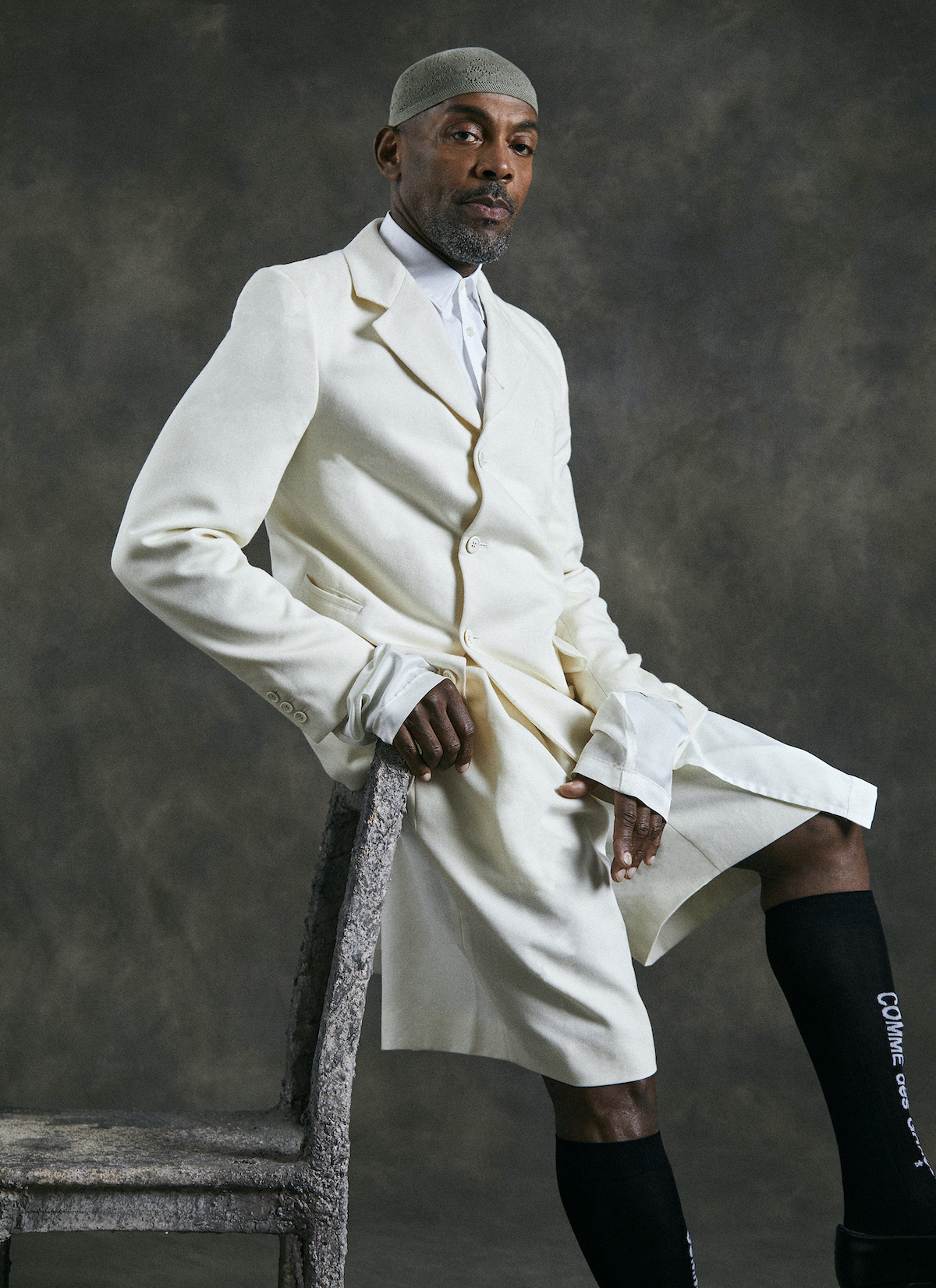
Bethann Hardison: What was your upbringing in Brooklyn like?
Andre Walker: I was actually born in London and both of my parents are Caribbean and were very creative. I think those elements definitely allowed me to be creative as a kid. My upbringing in Brooklyn was interesting to say the least. My mom was insanely ambitious and a very hard worker. Growing up, my version of a pacifier was W Magazine. While other kids would play outside, I was flipping through the pages of magazines. In fact, by the time I was 13, I was hoarding all of my mom’s subscriptions to magazines like Architectural Digest, W Magazine, and Elle.
BH: W Magazine was your pacifier? That’s quite a chic pacifier I must say [Laughs]. Do you remember your first designs as a child?
AW: My first design as a child that I can recall was when I was four or five years old. I remember drawing my mom’s platform shoes. My mom performed at these cabaret shows across Europe when I was younger. So, she would bring back these glamorous ensembles from her shows. I was obsessed with it all, from the shoes to the garments. I think that’s how I fell in love with oxblood leather, and I was maybe only six years old at this point.
BH: Wow oxblood, I haven’t heard someone use that term in a while. What six-year-olds do you know that are fascinated by oxblood leather?
AW: (Laughs) I know…right. But I remember just being fascinated by the rich color and the texture. I think my appreciation for fabric was born in that very moment.
BH: Once you realized you had this amazing talent, did a switch go off for you? Did you immediately know you wanted to be a designer afterwards?
AW: I was always sketching clothes from the magazines, putting tracing paper on top of images and doing my best to enlarge small photos by hand. I would even write the names of the designers next to the images. After mastering that, I eventually started making my own versions and sketches and putting my name on them. So, it wasn’t really a question of wanting to become a designer…I was a designer, it was something that was [innate].
BH: What was it like when you told your family and your friends in Brooklyn that you wanted to be a designer? Was everyone supportive?
AW: No, not at all. My mom didn’t want me to go to, to fashion school because she was worried about [the stigma surrounding] queer people at time. When I came to America, I went to public school for maybe three weeks and then I was taken out and put in a Catholic school. [While attending public school] I wore these dapper gray, flannel, suits. And of course, all the kids were wearing [vibrant] colors, the hallways looked like a circus. So, I was immediately a target of ridicule.
BH: Who would you say were some of your fashion influences?
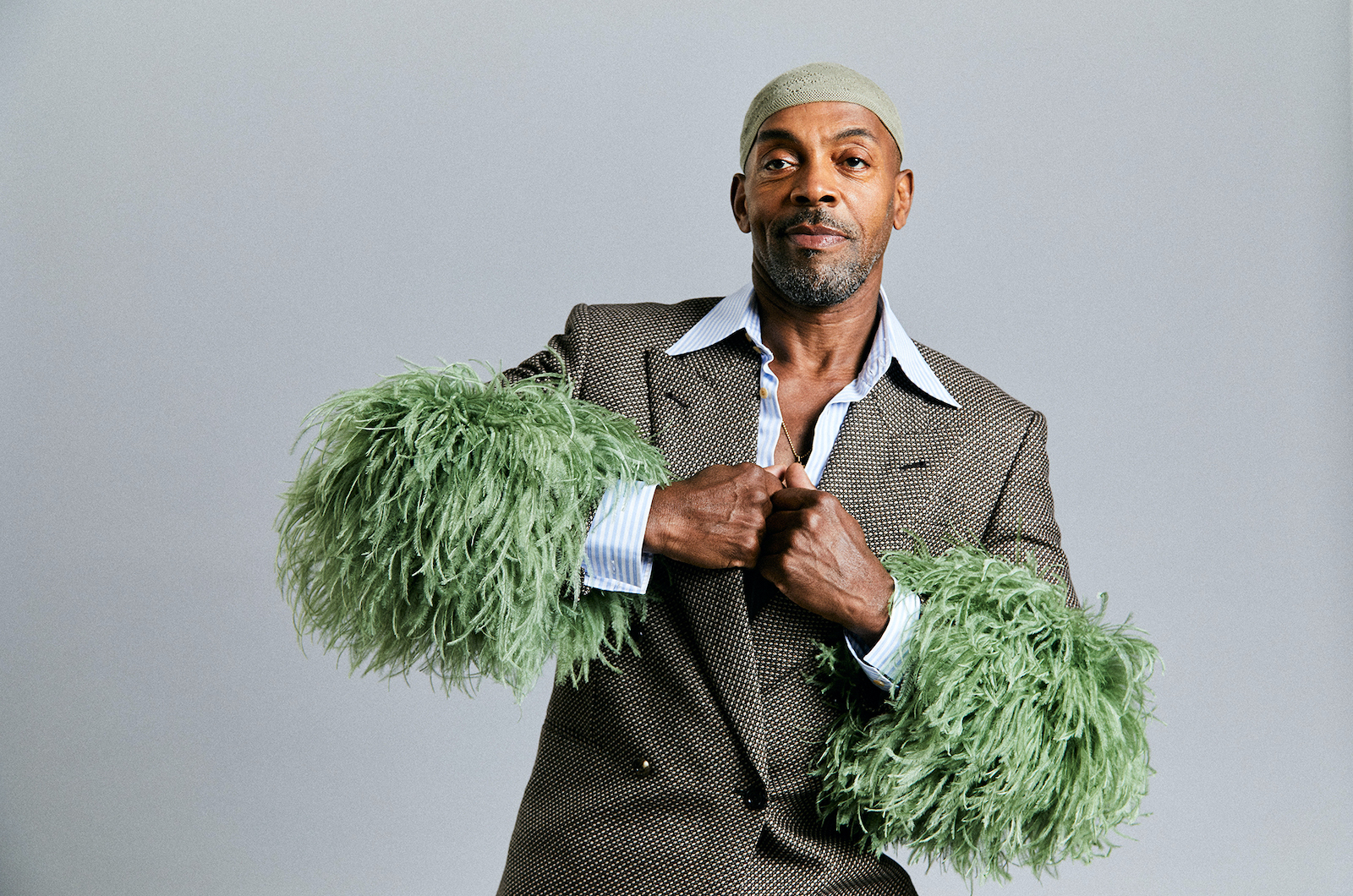
AW: I think most of my influences were from European designers like Claude Montana, Thierry Mugler, Anne Marie Beretta and Jean-Claude DeLuca. But then there were the cool New York designers that I would discover in magazines like After Dark, like Larry Legaspi.
BH: I can definitely see those influences. You started so young, you were a teenager when you designed your first collection and put on a fashion show. What was the experience like making that first collection?
AW: For me, it was just about kind of expressing myself and responding to images I’d seen in magazines. At the time I was simultaneously selling t-shirts outside my mom’s beauty salon as well. That very first collection was just about having fun, I guess you could say.
BH: What was the inspiration for the collection?
AW: The inspiration for those initial collections were my surroundings and the things that I was seeing. You know, like, punk, new romantics, and Studio 54. Or I guess I should say not being able to go to Studio 54 but also being a part of that scene by living vicariously through W Magazine.
BH: How would you describe the energy in the room when you showed for the first time? What was the reaction like?
AW: During that period, fashion shows were kind of like a form of entertainment and held in clubs. Not like on the Seventh Avenue level, but on the downtown level, a fashion show was a form of entertainment, a get-together, it was really a way of bringing people together. A lot of the shows during this era, a sense of community filled the room. I understood that really early on and for me it was like “Oh, wow. I can actually get people who I found interesting and people together and have them wear my clothes on a runway.” The idea to show a collection back then was very different from today. It was never associated with business; it was always for creative expression. Personally speaking, showing a collection was my way of coming out of my shell. It was a place for envisioning and materializing what you wanted to see.
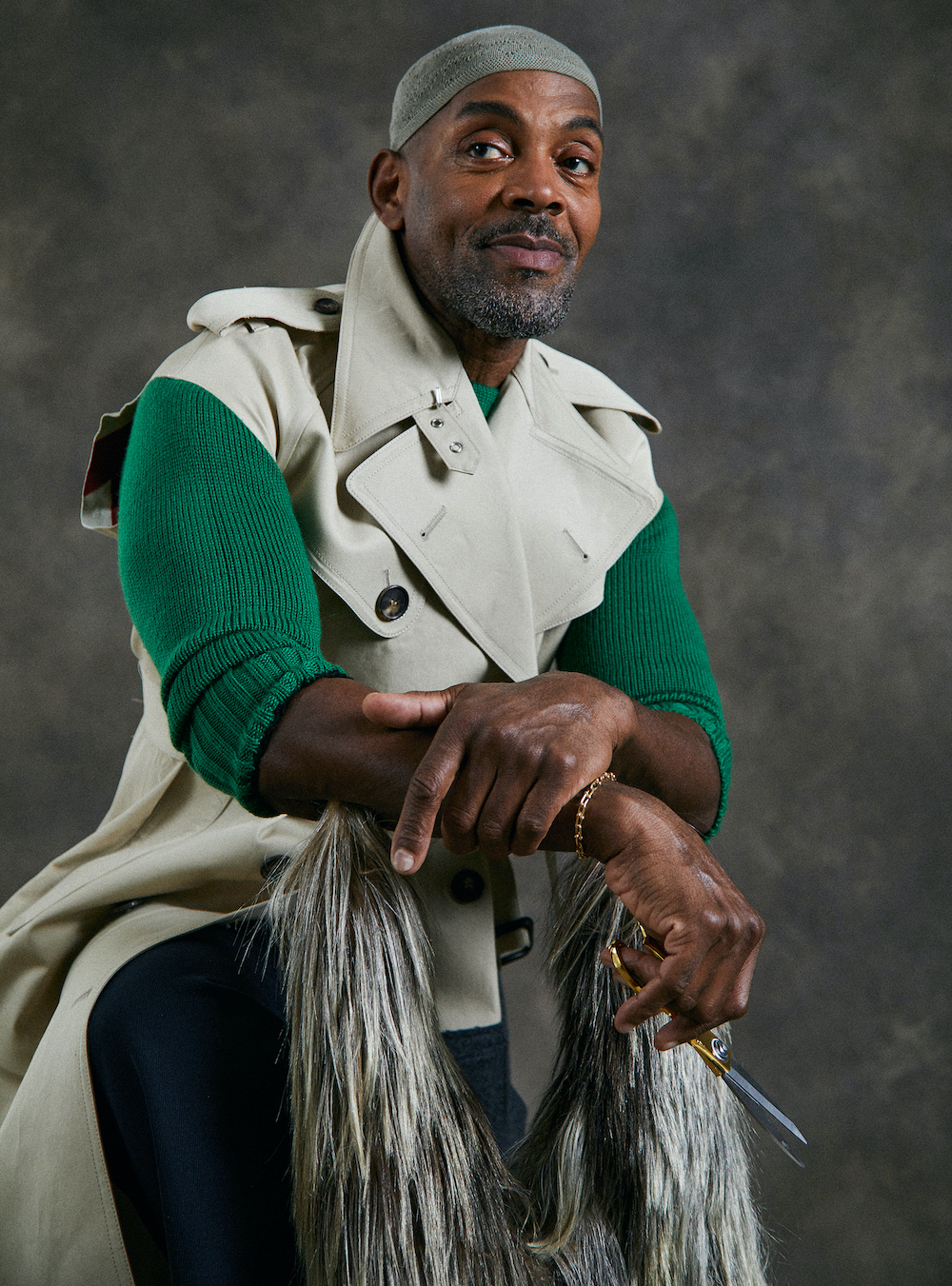
BH: So your career really began to blossom in the ‘80s, what was that period of time like for you?
AW: I mean, I would say awareness of my work from the outside took off around that time. I wouldn’t really call it a career just yet. I guess I was so protected by my youth and ignorance that it was easy to be unaware of what the business actually entailed. When someone knows you’re 17 years old they’re not gonna make huge demands on you professionally.
BH: So in that frame of thinking, what was it like for you being a designer of color during that time?
AW: Well, that’s the whole thing. It’s so interesting that you mentioned this because I grew up also reading Ebony Magazine along with W Magazine, and the perception one might have just from looking at the outside—was that fashion was a place like this utopian place. I always regarded fashion as this playground where everyone could be involved. Just like my Catholic school, you know, a diverse group—Chinese, Black, white, Hispanic, and Indian…just different multicultural groups coming together. And that was my experience in school too. So I didn’t have that narrative in my mind when I was working at all and I guess it was a blessing because I already didn’t know…really know how to make clothes. I was untrained. So if I’d had that in my mind that I was a black person and that I wasn’t supposed to be here, or that I wasn’t allowed to do something, then I don’t know where I would have been.
BH: Wow, that’s powerful.
AW: So I don’t think that ever dawned on me when I was starting out. I was hanging out with like Black people, white people, Jewish people, Chinese people. I wasn’t aware of those kinds of things, you know, like racism—outside of somebody calling me “Blackie” or the N word. I grew up in a largely Caribbean, Italian, Irish neighborhood, where there’s always the possibility for racism. But it really didn’t color my ability to create, or anything surrounding my creative endeavors. For me creation and designing was nonpolitical or discriminatory.
BH: I think that just speaks to how special you are. Moving on from your personal design experiences, I know that you spent some time designing for Willi Smith’s WilliWear. What was it like working for the brand of this man who did such amazing work and paved the way for many designers of color?
AW: Oh yes, I did some design work for WilliWear. I actually met Willi Smith through Kim Hastreiter. Willi was living in her building and I was running around with Kim when I was 17 years old thanks to an introduction by Bill Cunningham in 1982. I worked with the company (WilliWear) and Laurie Mallet but that was after Willi had died, unfortunately. So we never got to really hang out and we never got to bond. When I worked for WilliWear, I was still a baby. Kim invited me to meet Laurie, and our first project together was designing clothing from furniture fabric for a company called all-steel. That was my introduction to working with Laurie and I guess that led to me designing for WilliWear. A year later I was asked to design the women’s collection for WilliWear—which I did in total naiveté and just spontaneous beauty, you know? I was just so happy to have my first job ever, like an official job.
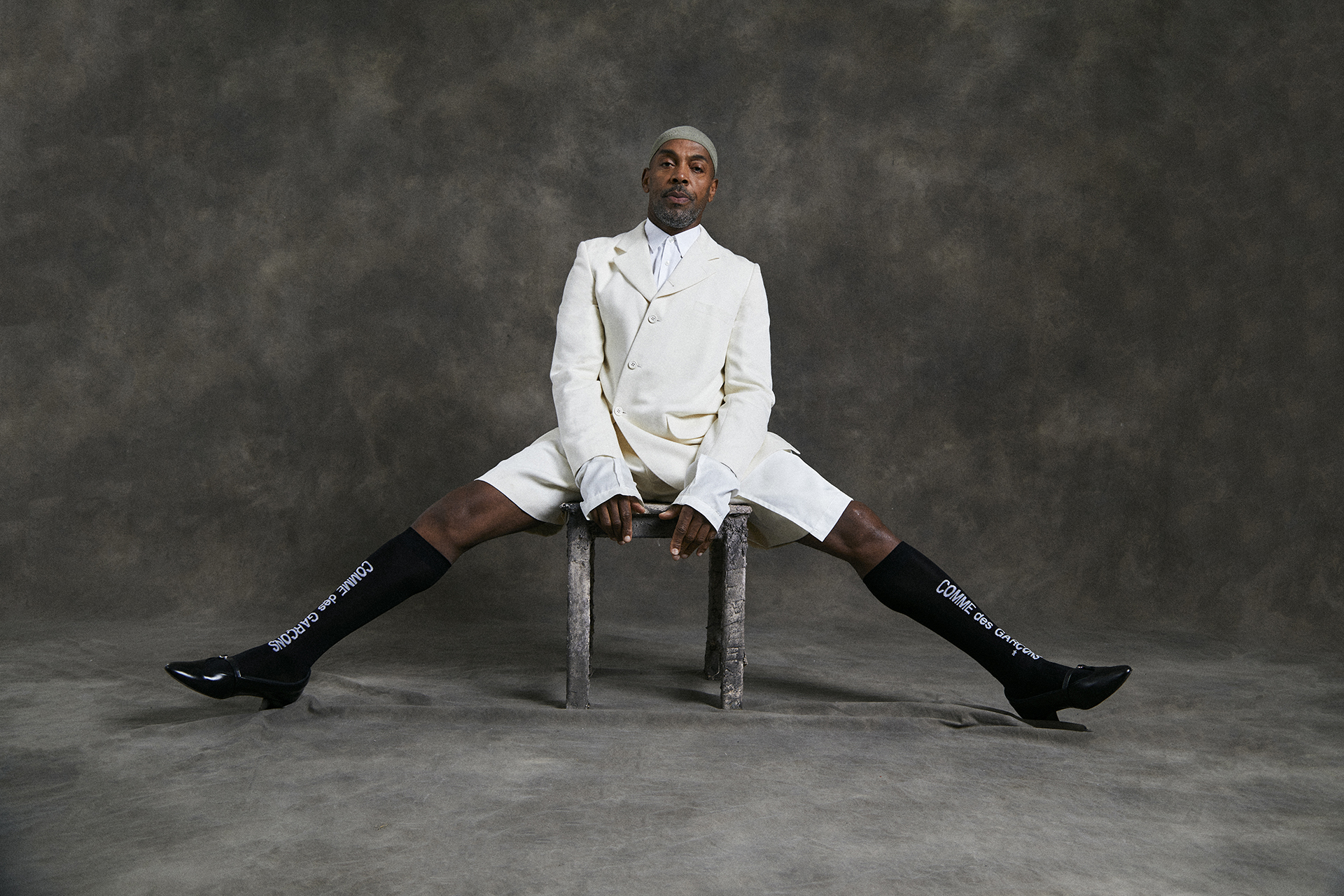
BH: After those experiences of designing for other brands while also showing your own collections over the years…What would you say has changed about your design aesthetic?
AW: Well, all of those clothes that I was making in the early ‘80s were made by throwing fabric on the floor and folding it over lengthwise, then folding it over widthwise and cutting out the garment. (Laughs) That’s just how we designed back then.
BH: (Laughs) What do you think has changed now about your brand’s message? Is it different now?
AW: Well, you know, what’s interesting is that you used the word “brand”, and that’s one thing I feel like I haven’t mastered just yet. But I’m really moving towards establishing that. I’m in the process of creating something that will be solid and concrete and available, offering products on a timely basis to people who enjoy my work. I think now there have been obvious changes, which have been great. I’ve been kind of accumulating knowledge over the years preparing me for right now. The knowledge of how clothes fit, what women like, and also not everything is exclusively in experimental design. Some things are basic…some things are just basic necessities. I mean, obviously I’m more of a cerebral designer. As my “brand” becomes more established, I feel its almost like a sleeping heritage brand, but the only difference I’m still alive. I would also say my brand leans into draping.
BH: I can definitely see that.
AW: To God be the glory, you know, I thank God for brands like Comme Des Garçons and for Rei Kawakubo who kind of kick started my career again. That’s what you call a career because of them I was able to see myself respond to the constraints of seasonal production, designing a collection and I was forced to do things like choosing fabrics. That’s when I realized, “Oh, wow, I can actually do this very well.” But in order to do that very well, you have to have a team. So that’s what I’m working on now…really putting a team together because I would love to see a beautiful and seamless run span of time where I’m totally just making products, communicating with the audience that I have—which is an incredibly multigenerational audience. That’s kind of one of the benefits you get from starting very young and also from working in fashion, fashion is kind of systematically multi-generational if you will. It’s like being able to have a conversation with you on the phone is a perfect example of that…it’s two different generations of fashion coming together.
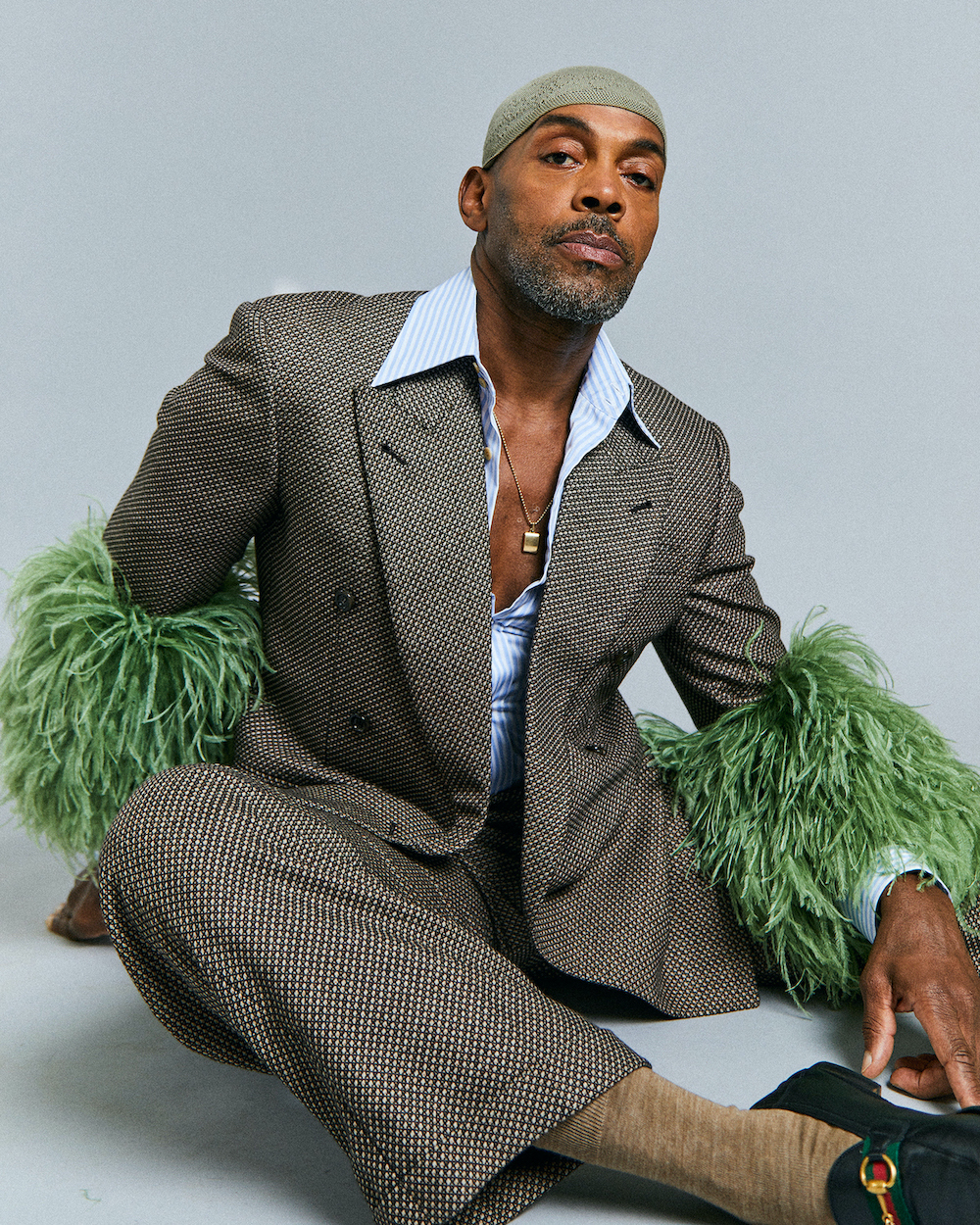
BH: You briefly touched on how working with brands like Comme Des Garcons helped you realized you can build a brand. Let’s talk about your collaboration with Pendleton and how that design has now become a part of this amazing exhibition at The Met Museum. How did that come about and how did it feel to get that recognition?
AW: I actually approached The Met about exhibiting my designs. Eventually after several attempts I got in contact with The Met and there was back and forth communication for a while. I think Hamish Bowles might have been like a little guardian fairy angel. This is just a guess, I’m honestly guessing that he might’ve mentioned me to Andrew Bolton…because I definitely was seeking out Andrew Bolton prior to that. I believe I tried to make contact with him directly the year before I put together that show in Paris which was sponsored by Pendleton. And funny enough, those are the garments that you’re seeing in the museum right now. Those are all Pendleton garments, those garments were reinterpretations of garments I made as a teenager in the ’80s.
BH: Have you actually seen the exhibition in person yet?
AW: I have not seen the exhibition just yet. There have been many pictures posted on Instagram. A lot of people have been sending me photos directly to my phone, like, “Oh, wow. It’s so great.” But right now, because I’m working alone, I’m almost always working. You know what I mean? But to have my work in this exhibition It’s really pretty shocking.
BH: So what’s next for you? Are you working on a new collection?
AW: Oh, absolutely. The one collaboration with Pendleton is coming out late October/early November. It’s been a crazy 12 months because I contacted them last year during the period of civil unrest in Portland, Juneteenth, and The Black Lives Matter. I contacted them because I remembered how incredibly kind and gracious they were with me and sponsoring that collection that I worked on from 2016, up until October 2017. Prior to starting that collaboration my dad had died in August (of 2016) and I was basically just kind of going nuts mentally because I was just not used to losing anyone in my life. It was the first time for me loosing someone that close to me. I guess my career kind of flashed in front of my eyes after that. And luckily, because I was blessed to work with Comme Des Garçons, and I had relationships with people like Marc Jacobs and Kim Jones…it all just kind of all reminded me of the spontaneous joy that I experienced from my work. [It reminded me of] the process of actually pulling together a coherent collection and making use of my gift while sustaining my family, career, and livelihood. So it was great reconnecting with Pendleton once again, especially after this past year we’ve all had. There have been lows but there have also been highs, I’m to build my team and my brand.
Discover More
